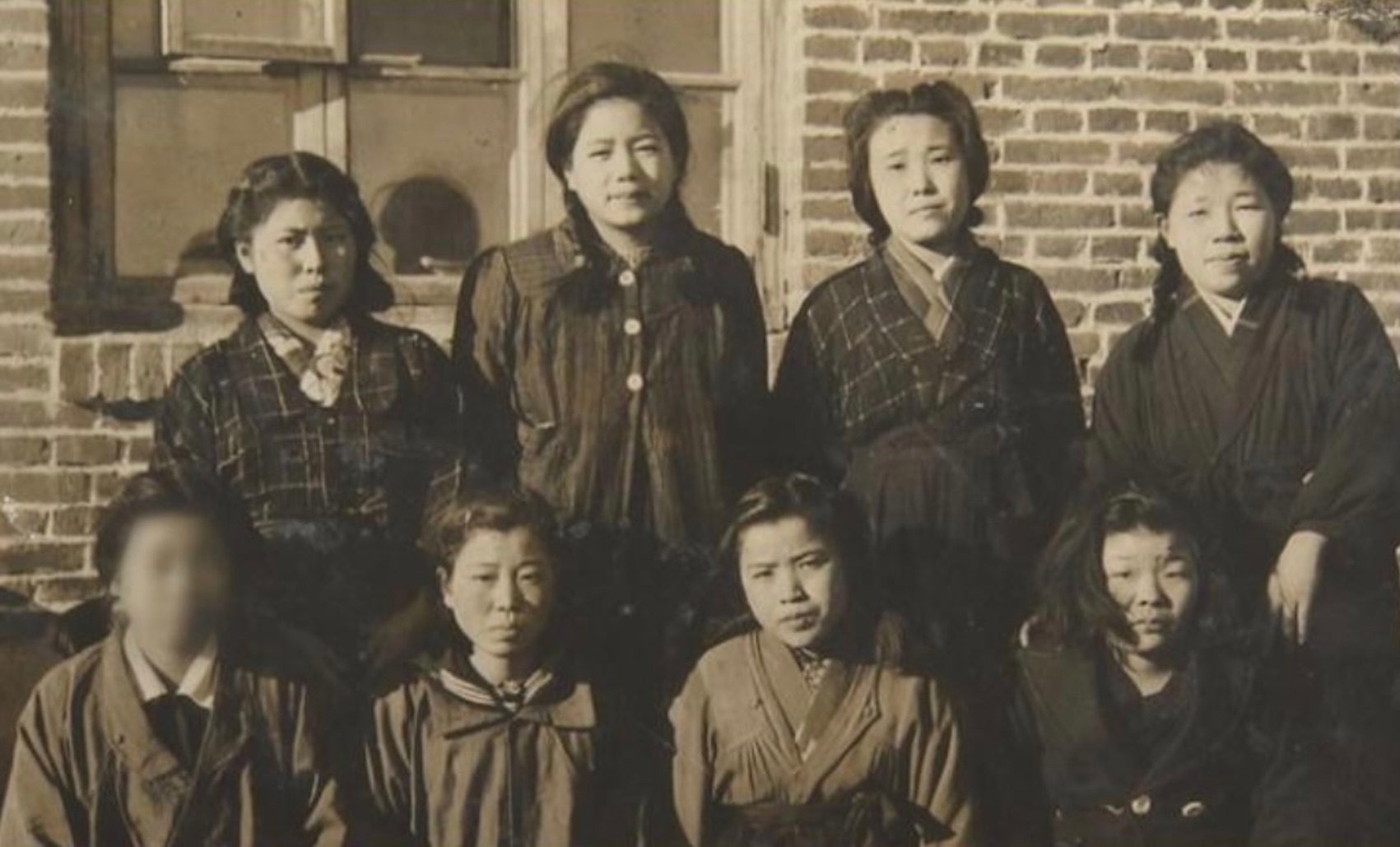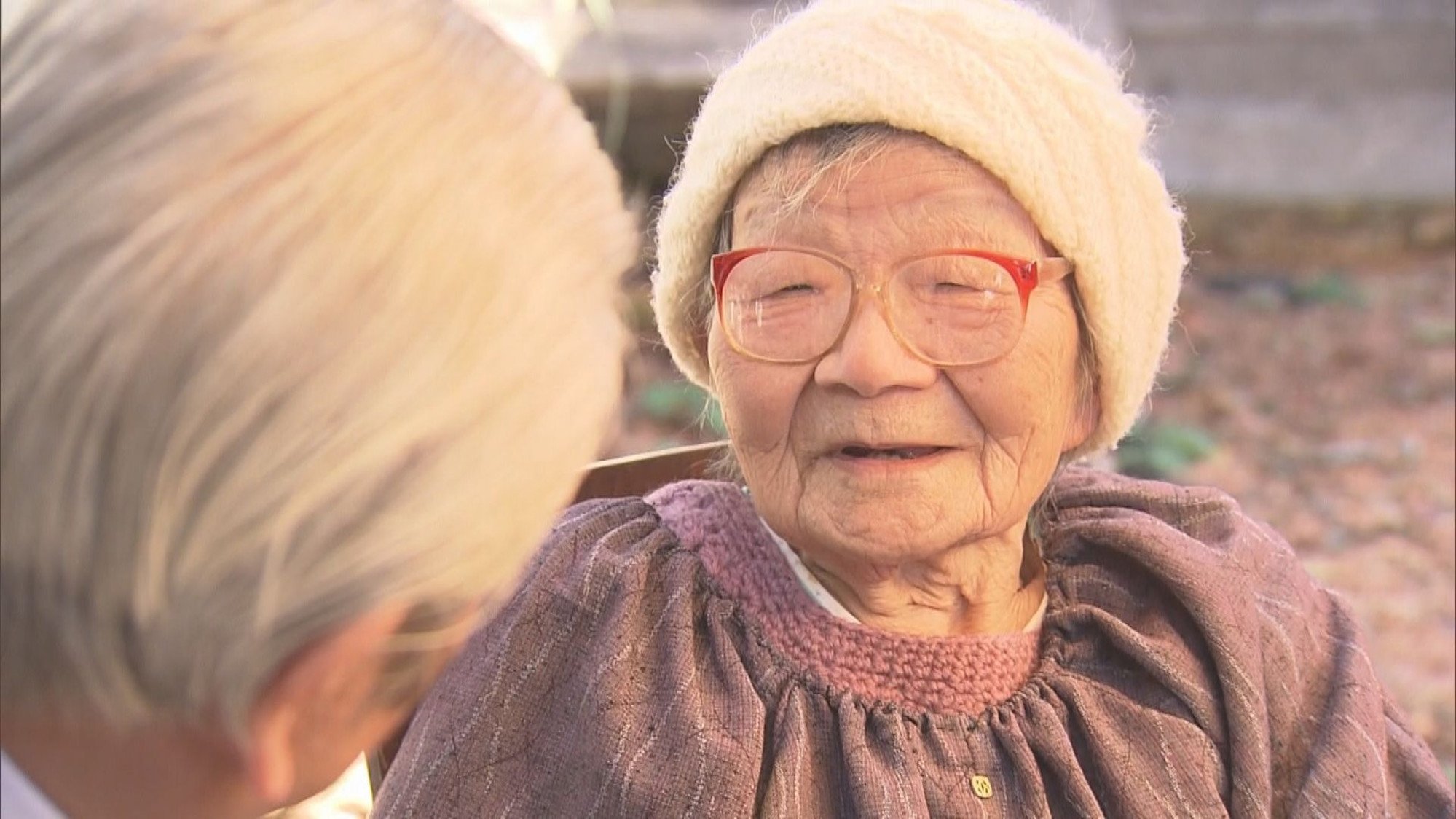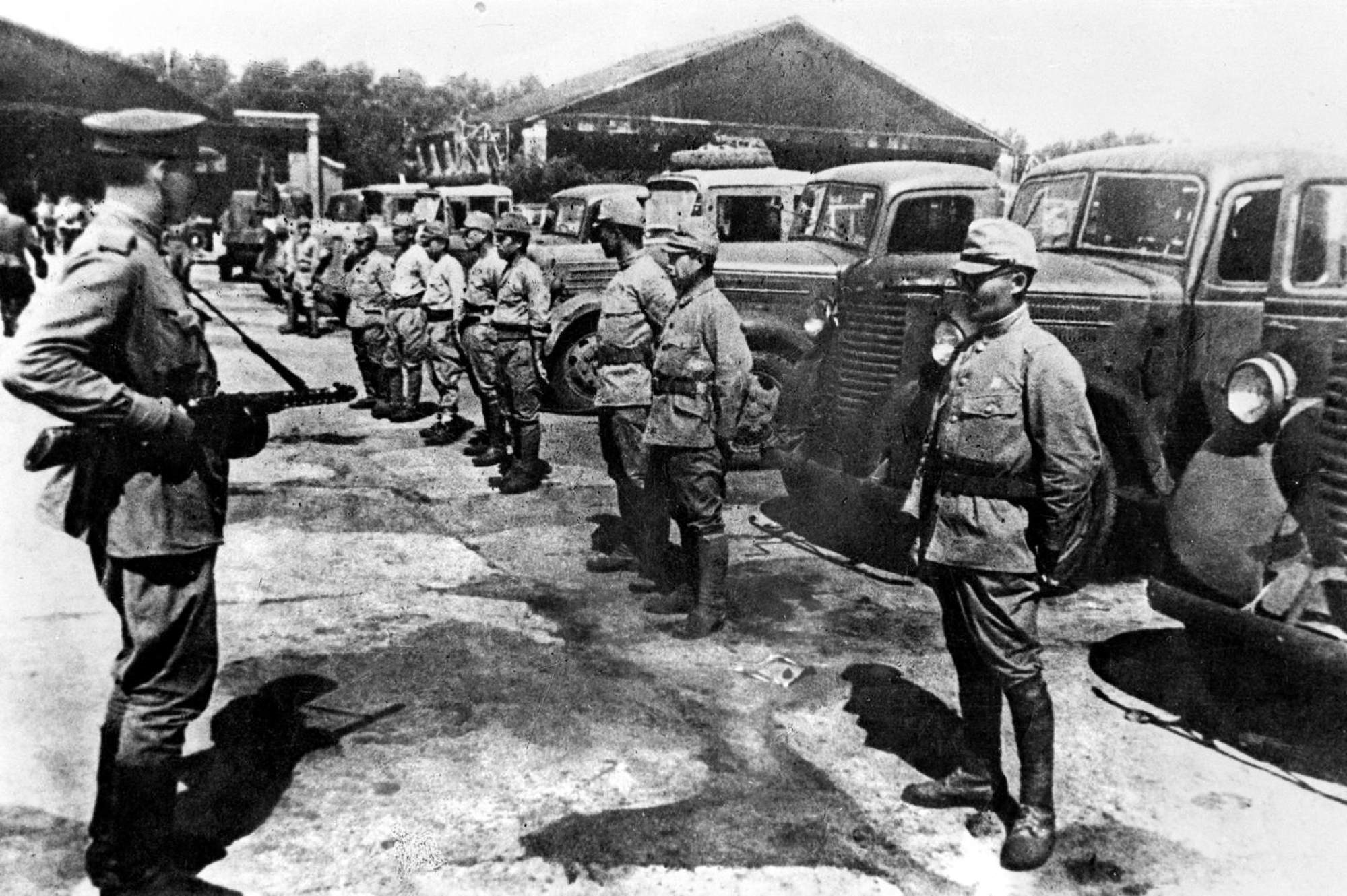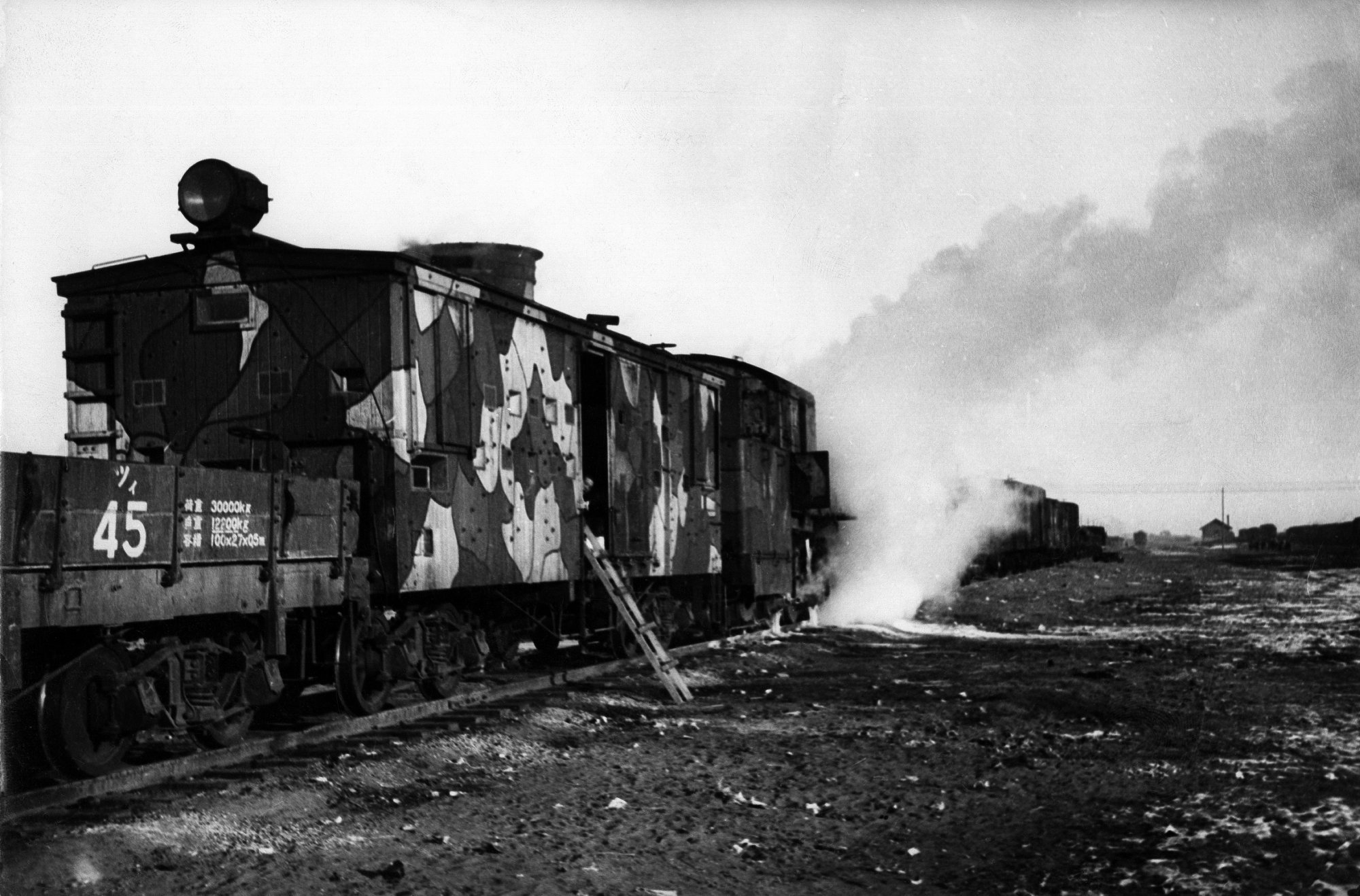Japanese women break silence on WWII rapes by Soviet troops
For decades, survivors of a sacrifice made to protect their community from invading soldiers have been shamed into silence – until now

Nearly 80 years after 15 young women were forced to “offer” themselves to protect their community from Soviet troops invading Japan’s Manchurian colony in 1945, the survivors among them have spoken out publicly about their horrific experiences.
The accounts of the three survivors are at the heart of In Their Own Words: The Women of Kurokawa, a new documentary by director Fumie Matsubara, which will be released in Japan on July 12. Matsubara unveiled the film at a press conference at the Foreign Correspondents’ Club of Japan on Wednesday.
The women recalled being forced by their isolated community to submit to the Soviet soldiers’ demands and being repeatedly sexually assaulted. They were shunned and became the subject of gossip following their return to Japan.
“It was life or death for us then,” survivor Harue Sato says in the film. “In fact, I died there once,” she adds, referring to the repeated rapes she endured over two months after the Soviets arrived in their village in Manchukuo, the puppet state set up by imperial Japan in Manchuria.
“All we could do was grit our teeth and hang on. We held each other’s hands and cried for our mothers to save us,” she says.
In 1942, more than 600 settlers from the remote mountain village of Kurokawa, in Gifu prefecture in central Japan, took over vast tracts of land on the plains of Manchukuo.
Established in 1932 as Japan expanded its colonial possessions into northeast China, an estimated 270,000 Japanese were encouraged to leave their homeland and take over the lands of Chinese farmers in Manchukuo. By 1945, however, Japan’s military power was severely weakened and after the Soviet Union and its allies defeated Nazi Germany in Europe in World War II, Moscow turned its attention to defeating the understrength Japanese units defending Manchuria.

Many Japanese settlers attempted to flee, but for most, the Soviet advance was too rapid. The Kurokawa settlement was occupied and the Soviets began making demands. The residents of a neighbouring village chose to die by suicide, but the elders of Kurokawa decided to comply with the demands.
In the documentary, one of the survivors recalls the leader of the village saying there is no choice but to submit to the Soviets, with the 15 women having to sacrifice themselves for the community.
“And we did. I had to, I did not want to die,” she says.
Another of the women draws a plan of the wooden huts where they were ordered to go – “they hurried us along with the butts of their rifles” – to a row of four futons laid on the floor.
Of the 15 women, four died of untreated syphilis or gonorrhoea. The situation in the broader community was not much better, with as many as five people dying every day of typhus and other illnesses. Starving mothers who could not produce milk strangled their newborns.
It was not until 1946 that 451 survivors from the settlement were able to return to Japan, and they were ostracised in Kurokawa for their time in the “entertainment room”.
Sato decided to leave her hometown after her younger brother told her that “no one would want a soiled woman from Manchukuo”.

Others survivors felt the slanderous comments were as bad as the sexual assaults. Over time, the community in Kurokawa decided to move on and avoided talking about life during the war years.
The status quo lasted until the 1980s, when some of the women said they wanted to talk about their experience with the hope that their community would admit to its mistakes and discrimination against them, according to Matsubara.
There was strong resistance among the other survivors against the proposal, which was not carried out.
In the 1990s, there was some interest in the women’s stories after a prefectural newspaper wrote about them.
It was not until a memorial service in 2013 was held for several of the women who died that the dwindling group of survivors spoke out about their painful past and revealed their names.
To date, the mainstream Japanese media avoided discussing about the Kurokawa community’s experience, said Matsubara, who hoped her documentary would help heal the wounds suffered by the survivors.
“These women have been forced to remain silent for close to 80 years, unable to talk about what happened to them at the hands of Soviet soldiers,” she said. “Some of them wanted to talk, but the situation within their community made that impossible for many years. That they have now chosen to go public is quite amazing.”

The women had given speeches in local schools and won the respect and understanding of younger generations who had no understanding of what previous generations went through, Matsubara said.
The support of family members of the survivors had allowed the elderly women to “regain their dignity and humanity,” she added.
While the survivors appear to have found closure about their past, there is evidence that Japanese women from other communities might have suffered a similar fate in the final days of the war.
A historian had confirmed at least 44 communities across Manchuria were similarly forced to hand over their young women to Soviet troops and none of the survivors had come forward, Matsubara said.